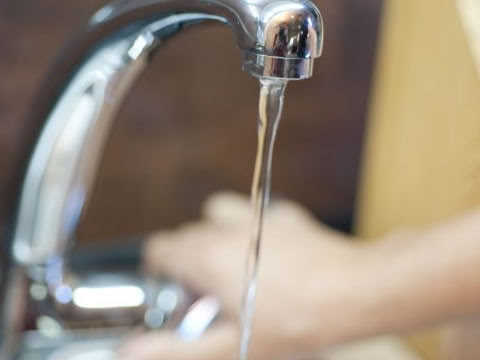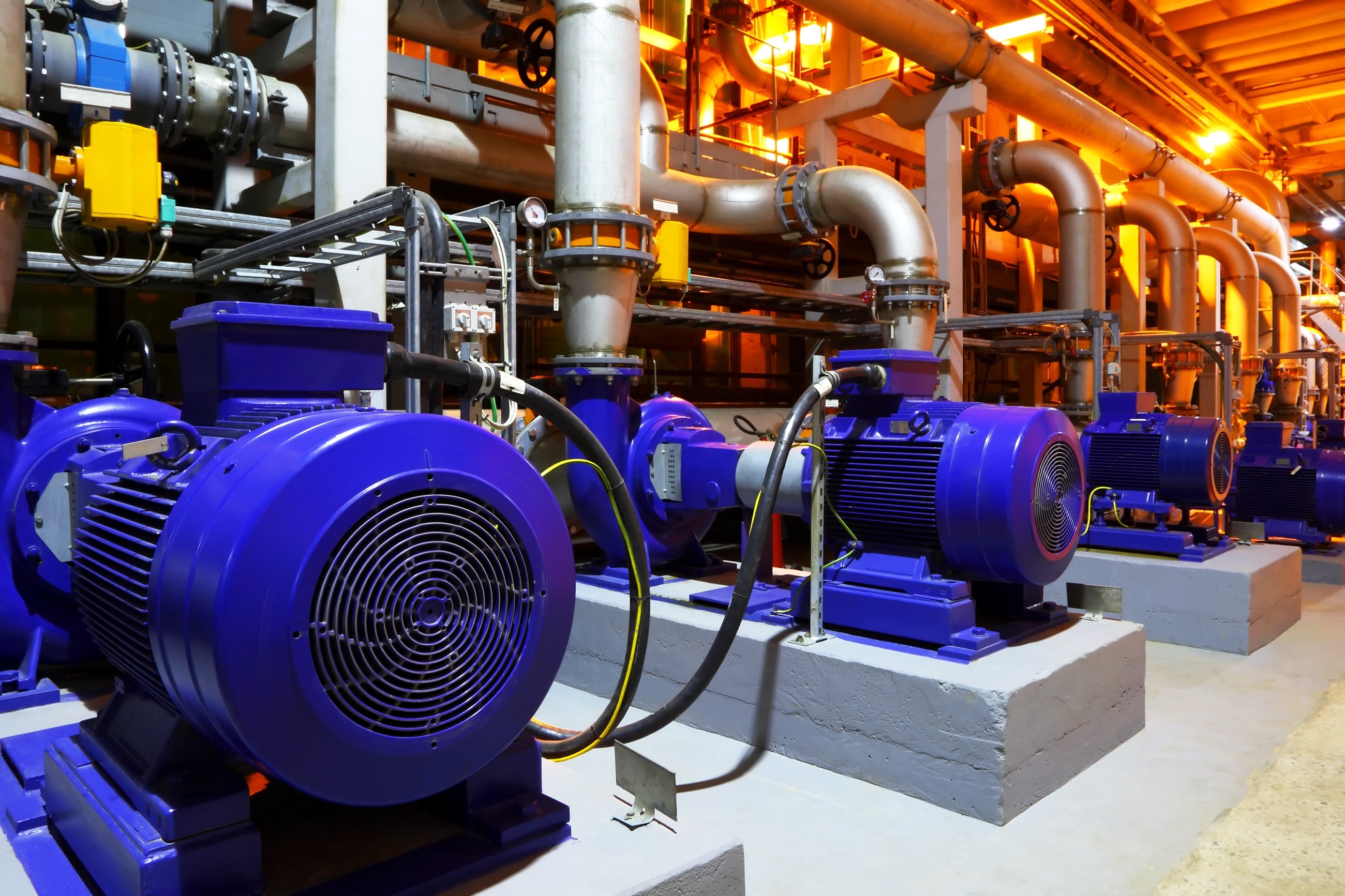Methods to Resolve Low Water Pressure in Your Home
Methods to Resolve Low Water Pressure in Your Home
Blog Article
What are your opinions on Dealing with Low Water Pressure in Your Home?

Low water stress in your house can be an aggravating issue, affecting whatever from showering to cleaning recipes. If you're experiencing weak water circulation, there are several feasible causes and services to explore. In this overview, we'll talk about typical factors for low water pressure and functional steps to address the issue successfully.
Intro to Low Tide Pressure
Low tide stress happens when the flow of water from your taps, showers, and various other components is weaker than normal. This can make day-to-day tasks extra tough and less effective. Understanding the reasons for low tide stress is critical to finding the best service.
Usual Sources Of Low Tide Pressure
Faulty Stress Regulators
Pressure regulatory authorities are responsible for maintaining consistent water stress in your home. If they malfunction, it can result in low water stress or uneven circulation throughout your home.
Municipal Water Supply Issues
Occasionally, the problem exists outside your home. Municipal water system issues, such as main line leaks or upkeep work, can briefly reduce water pressure in your area.
Pipeline Obstructions
With time, pipelines can come to be clogged with mineral deposits, debris, or debris, limiting the flow of water. This is a typical problem in older homes with galvanized steel pipes.
Corrosion
Deterioration within pipelines can bring about leaks and decreased water pressure. Corrosion buildup can constrict water flow, especially in maturing plumbing systems.
How to Detect Low Water Stress
Examining Pipelines
Examine noticeable pipes for signs of leaks, corrosion, or obstructions. Take note of any kind of uncommon audios, such as knocking or rattling pipelines, which can show issues within the plumbing system.
Consulting with a Plumber
If you're incapable to determine the root cause of low tide stress, take into consideration employing a specialist plumber to perform an extensive examination. They can identify underlying issues and advise appropriate services.
Examining Taps and Fixtures
Beginning by examining the water pressure at various faucets and components throughout your home. If the issue is separated to certain locations, it might suggest local troubles.
DIY Solutions to Take Care Of Low Tide Stress
Flushing Hot Water Heater
Debris build-up in the hot water heater can limit circulation and decrease performance. Purging the container periodically helps remove sediment and keep optimum efficiency.
Inspecting Pressure Regulator
Ensure that the stress regulatory authority is functioning correctly. Adjusting or replacing the regulator can aid bring back proper water stress throughout your home.
Cleaning Aerators and Showerheads
Natural resources can collect in aerators and showerheads, minimizing water flow. Get rid of and clean up these components frequently to improve water stress.
Cleaning Clogs in Piping
For minor obstructions, try making use of a plumbing serpent or chemical drain cleaner to clear blockages in pipes. Beware when utilizing chemicals and comply with safety guidelines.
When to Call an Expert Plumber
If DIY efforts fail to deal with the problem or if you presume significant plumbing problems, it's best to seek assistance from an accredited plumber. They have the experience and devices to attend to intricate concerns safely and effectively.
Safety Nets to Preserve Water Stress
Installing a Pressure Booster
Think about installing a stress booster pump to improve water pressure in locations with constantly low circulation. This can be specifically useful for multi-story homes or residential properties with high-demand components.
Monitoring Water Usage
Be mindful of water use habits and prevent overtaxing the plumbing system. Simple modifications, such as shocking showers and washing lots, can help preserve appropriate water stress.
Normal Upkeep
Arrange regular upkeep for your plumbing system to prevent concerns such as rust, leaks, and clogs. Resolving minor issues early can help prevent more considerable fixings later on.
Conclusion
Dealing with low water stress can be frustrating, yet identifying the underlying causes and carrying out appropriate remedies can recover ideal circulation throughout your home. Whether it's cleansing aerators, checking pipelines, or seeking advice from a plumber, taking aggressive steps can ensure a consistent supply of water for your daily needs.
9 Solutions to Low Water Pressure
If you have ever struggled to rinse the shampoo out of your hair, washed your hands under a trickle of water, or been forced to wait for your washing machine to complete a cycle, then you have experienced the nuisance of low water pressure. Low water pressure can turn a simple task into a hassle, but once you identify the cause, either the necessary plumbing fix or a water booster pump can drastically improve your water pressure. In this article, you can learn about nine common causes of low water pressure and how to resolve low water pressure in your home.
How do you know if you have low water pressure?
Testing your home’s water with a pressure gauge is the easiest way to find out if you have low water pressure. Pressure gauges are simple and inexpensive, and once installed, will allow you to check your water pressure with a quick glance.
If your water is from a municipal water supply, select an outdoor faucet near where the main water line enters your home. If your water is from a well, select a faucet that is close to the well’s pressure tank. Attach the pressure gauge to the faucet and tighten it. To get an accurate reading, make sure water isn’t being used anywhere else inside or outside the house, and then fully turn the faucet on. Once the faucet is on, you can read the water pressure on the gauge’s dial. Typical home water pressure should be between 40 and 50 psi, so if the dial reads less than 40 psi, you have low water pressure.
Do water booster pumps increase water pressure?
A water booster pump is a centrifugal pump that improves low water pressure and increases water flow. Much like how a fan’s blades create a gust of air, a water booster pump’s rotating impeller draws water in and then pushes it out with increased force. This force raises the water pressure in a system. A water booster pump is installed where the main water line enters your home, so water pressure is improved in every tap and appliance.
What causes low water pressure?
1. Hard water
If you have hard water, scale can accumulate in your pipes, restrict the water flow, and reduce your water pressure. Hard water has a high mineral content, specifically calcium and magnesium, and scale is formed when these mineral salts dissolve.
The solution: When scale buildup is severe enough to restrict water flow and reduce water pressure, the best solution is to replace your pipes. Products like CLR Calcium, Lime, and Rust remover can diminish scale, but as the scale comes off it may clog your pipes, creating another costly plumbing problem. Not to mention, it is never a good idea to put harsh chemicals in the pipes that supply your drinking water. To prevent scale in the future, we recommend installing a water softener.
The main water shut off valve is not open.
If your water pressure has suddenly decreased and you recently had a repair done, make sure the main water shut off valve is fully open. Most plumbing repairs require the water to be shut off, but if the valve is not completely opened afterward, your water pressure will be restricted.
The solution: Locate your main shut off valve, which is installed where the main water line enters your home, and fully open it by turning it counterclockwise.
A municipal water problem
Low water pressure may not have to do with your own plumbing system. Just like your home’s water supply, the municipal water supply is subject to problems that can cause low water pressure, such as leaks and corrosion.
The solution: Call the municipal water supply to report your low water pressure. Your input may alert them to the problem and will ensure your water pressure is restored as quickly as possible.
Faulty pressure regulator
A pressure regulator is a valve that reduces incoming water pressure as water flows into your home from the main service line. High water pressure can damage pipes and plumbing fixtures, so a pressure regulator is installed to protect your home plumbing system. Most are set to 50 pounds per square inch (psi), but if yours is set lower, your water pressure will feel low. If your pressure regulator is set to 50 psi but your pressure still feels low, it may be broken or clogged.
The solution: Adjust your pressure regulator’s setting to 50 psi if it is currently set lower. If your pressure regulator is faulty, ask a plumber to replace it.
A leak
A leak can reduce water flow and water pressure. To determine if you have a leak, turn all the faucets off inside and outside of your home. About an hour later, check your water meter. If it indicates you are using water, you have a leak.
The solution: Enlist the help of a licensed plumber to locate and repair the leak. Once the repairs are complete, your water pressure should return to normal.
https://www.freshwatersystems.com/blogs/blog/what-causes-low-water-pressure-and-how-to-improve-it

We are very excited about 10 Reasons for Low Water Pressure in Your House and I am assuming you enjoyed reading the entire blog entry. Those who appreciated our page plz consider to pass it around. Thanks a lot for taking the time to read it.
Need Help? Hire Us Now! Report this page